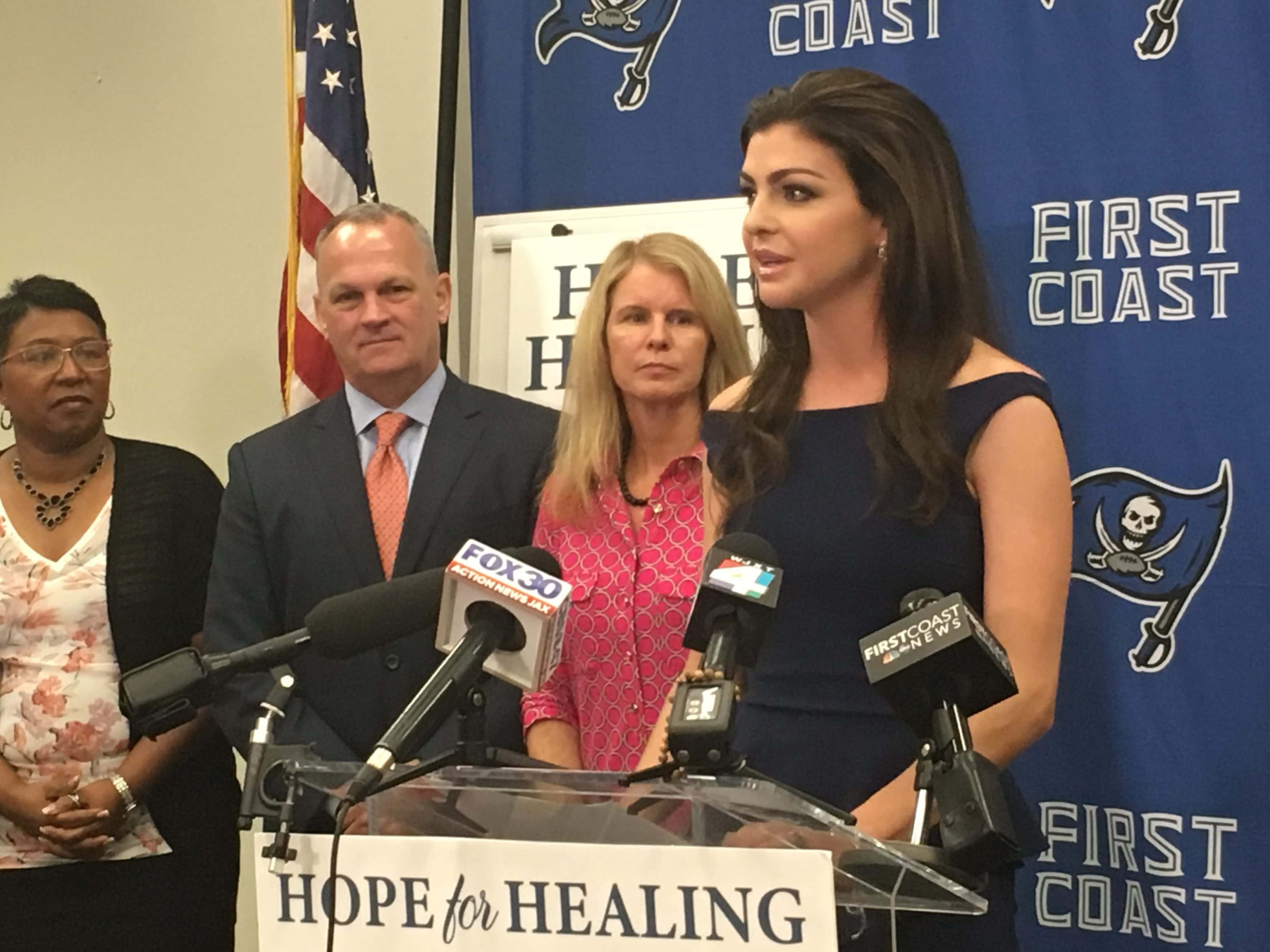
On Wednesday, the Florida Department of Education approved a rule mandating mental and emotional health education for middle and high school students.
Districts will be required to provide five hours of instruction in grades 6-12 “related to youth mental health awareness and assistance, including suicide prevention and the impacts of substance abuse.”
That five hours, a new mandate, will run the gamut.
Among the topics:
“Recognition of signs and symptoms of mental health disorders; Prevention of mental health disorders; Mental health awareness and assistance; How to reduce the stigma around mental health disorders; Awareness of resources, including local school and community resources; The process for accessing treatment; Strategies to develop healthy coping techniques; Strategies to support a peer, friend, or family member with a mental health disorder; Prevention of suicide; Prevention of the abuse of and addiction to alcohol, nicotine, and drugs.”
Districts will be required to submit implementation plans by Dec. 1, with an annual report in July detailing instructors and curriculum: a potentially onerous task for larger districts.
Chancellor Jacob Oliva noted the mental health assistance allocation approved by the Legislature would support the program, a $75 million price tag this upcoming fiscal year.
The program is an extension of current efforts, including having trained staffers at schools to look for warning signs that students will now also monitor.
Board member Ben Gibson expressed hope that these safeguards could “redirect people’s lives.”
First Lady Casey DeSantis and Education Commissioner Richard Corcoran introduced this then-proposed rule at a Jacksonville high school this week.
Mrs. DeSantis, who is making youth mental health and substance abuse abatement a cornerstone of her official role, called this then-proposed rule a “good first step among many.”
“Shining a spotlight” on mental health and substance abuse will, DeSantis asserted, help to de-stigmatize the conditions.
Corcoran called it a “first step in mental health awareness.” He likened it to CPR training, which could help students identify issues with their peers.
“It is going to be a lifesaver,” Corcoran added.
Mrs. DeSantis, who entered politics after a career as one of the most recognizable faces in Jacksonville television, clearly sees the role of the First Lady as one that should be more than ceremonial. Every stakeholder lauded her activist role, both at Monday’s media avail and during the board meeting.
Statistics she cited in Jacksonville illustrates the existential challenge for this emerging generation:
“Florida Youth Risk Behavior Survey data documents that in 2017, 28 percent of Florida high school students reported feeling sad or hopeless for two or more weeks in a row; 14 percent reported purposely hurting themselves without wanting to die; 14 percent reported having seriously considered attempting suicide; 11 percent reported having made a plan to commit suicide; and 8 percent reported a suicide attempt.”




5 comments
Buck
July 17, 2019 at 11:29 am
Great. Another unfunded mandate and more of a workload for teachers…What societal ill is it NOT the responsibility of schools to fix?
Carol L.
July 17, 2019 at 12:09 pm
According to our curriculum guidelines for HOPE class, the required PE for Florida graduation, mental and emotional health is addressed beginning in chapter one. In my opinion, I would like to see an emphasis on HOPE teacher accountability with curriculum. Just like any other subject, it requires someone committed to professional growth as a life style.
gary
July 17, 2019 at 3:49 pm
Well this is doomed to create a generation of liberal & emotional train wrecks.
Harold A Maio
July 17, 2019 at 5:10 pm
How to reduce the stigma around mental health disorders
Doing so is a two step process:
remove it from your mind that you not pass it on to others.
decline to support it from others, that you not act as a conduit for their prejudice.
And by all means, do not use education to pass it on to children.
Amy
July 19, 2019 at 8:31 pm
I don’t work w kids or in schools. But the language in this article sounds like we are teaching kids how to police their peers. What to look for as warning signs so they can turn them in for help? Hopefully I am misreading that. Because what an enormous anxiety provoking responsibility these kids would have! Especially if they feared a kid may cause another school shooting. I would loved to have seen in the article talk about helping kids to identify and be aware of their own levels of stress sadness worry followed with techniques to help them identify and cope with intense emotions anxiety or depression. When to seek help and how the help could empower them to heal and have tools to use to become a more emotionally intelligent human.
Comments are closed.